African Baobab Tree
- October 11, 2023
- 1 comment
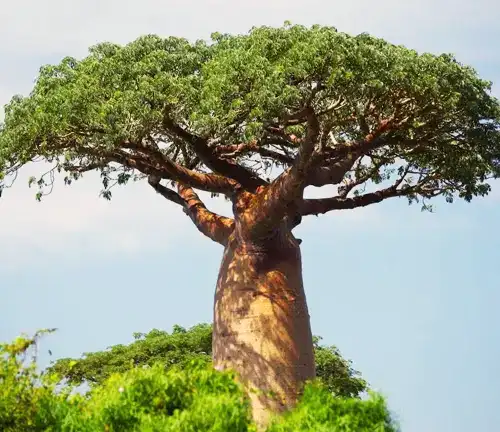
The African Baobab Tree, scientifically known as Adansonia digitata, stands as an iconic emblem of the continent’s landscapes. Towering with an unmistakable silhouette, these majestic trees are revered for their resilience and adaptability in the arid regions of Africa. The Baobab is characterized by its massive, bottle-shaped trunk that can reach impressive diameters, often storing water to endure extended periods of drought. The bark is smooth and greyish, contrasting the lush green of its palmate leaves. Often referred to as the “Tree of Life,” the Baobab holds cultural significance among various African communities, providing not only sustenance but also materials for shelter, clothing, and traditional medicine.
The tree’s unique growth pattern, with branches resembling roots pointing skyward, has led to numerous local legends and stories. Additionally, the Baobab produces large, pendulous fruits with a powdery pulp rich in nutrients, earning it the moniker “superfruit.” Despite facing threats from climate change and deforestation, the African Baobab Tree remains a symbol of endurance and interconnectedness with nature, embodying the essence of Africa’s rich biodiversity and cultural heritage.
| Characteristic | Description |
| Scientific name | Adansonia digitata |
| Common name | African baobab tree, upside-down tree |
| Plant type | Deciduous tree |
| Height | 5–25 metres (16–82 feet) |
| Trunk Diameter | Up to 10 meters (33 feet) in diameter |
| Hardiness zones | 10-12 |
| Soil type | Well-drained, sandy soil |
| Sunlight requirements | Full sun |
| Lifespan | Extremely long-lived, with some trees estimated to be over 6,000 years old |
| Flowering Season | Typically flowers during the nighttime, with large, white blooms |
| Growth rate | Slow |
| Water requirements | Drought-tolerant, but benefits from regular watering during the growing season |
A Brief History
The Baobab’s presence in the African landscape is a chronicle of time, with individual trees rumored to have witnessed the rise and fall of civilizations. These botanical sentinels have silently observed the changing tides of history, becoming living landmarks and repositories of the continent’s past.

Color/Appearance
The Baobab’s aesthetic allure lies in its stark visual contrast. The smooth, greyish bark creates a visually striking backdrop against the vibrant green of its palmate leaves. The colossal, bottle-shaped trunk, standing with unwavering resilience, adds to the tree’s captivating presence.

Unique Features
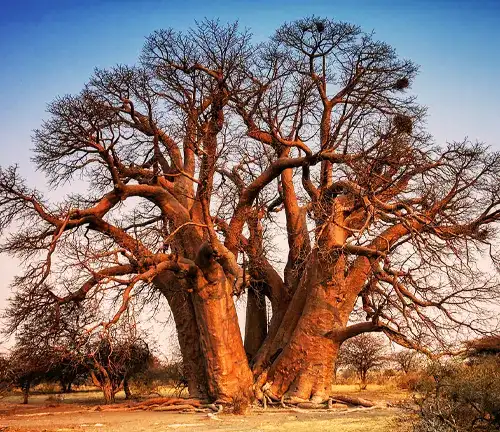
Beyond its visual appeal, the Baobab boasts a distinctive growth pattern. Its branches, reminiscent of inverted roots, have spurred local myths and stories, contributing to the tree’s enigmatic aura. The resilient yet smooth bark offers protection, embodying the tree’s ability to endure harsh environmental conditions.
Ecological Importance
The Baobab is more than a majestic spectacle; it plays a crucial role in maintaining ecological balance. Acting as keystone species in African savannas, these trees provide habitats for numerous species, supporting biodiversity and fostering the intricate web of life in their ecosystems.
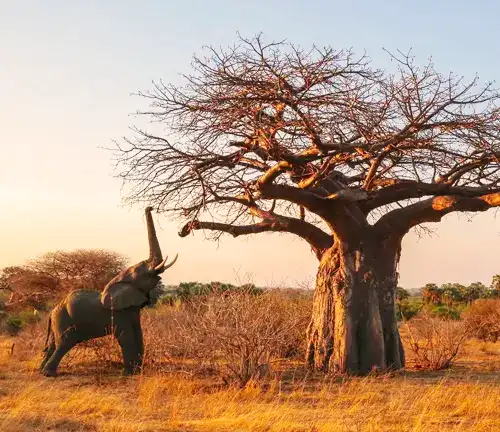
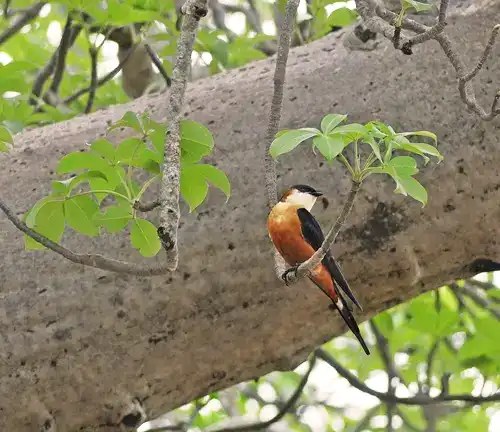
Adaptation and Resilience
Surviving in the arid regions of Africa requires exceptional adaptation, and the Baobab excels in this regard. Its massive trunk serves as a reservoir, storing copious amounts of water to endure extended periods of drought. This resilience makes it a symbol of strength in the face of adversity.
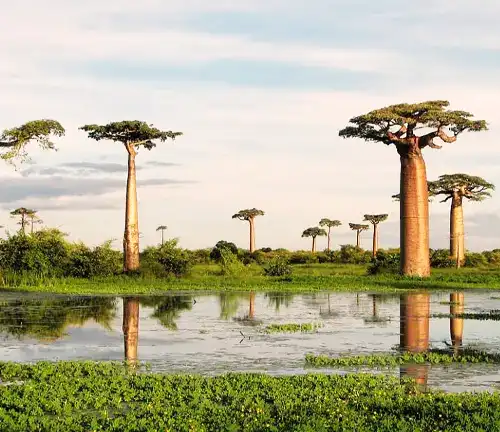
Cultivation and Care
Efforts to cultivate and preserve the Baobab involve delicate care and patience. Sustainable planting practices and conservation initiatives aim to ensure the survival of these ancient giants. The slow growth rate and unique requirements of the Baobab make its conservation a labor of love and dedication.
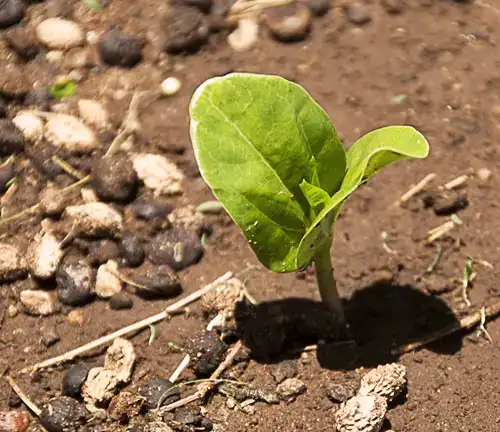
Cultural and Historical Significance
Embedded in the traditions of many African communities, the Baobab has been a source of inspiration and practical utility. From traditional medicine to the utilization of its leaves, bark, and fruit for various purposes, the tree has left an indelible mark on the cultural tapestry of the continent.
Wood Products and Applications

While the Baobab’s wood may not be suitable for construction, its spongy and lightweight nature has found applications in crafting traditional tools and utensils. Fibers from the inner bark have been skillfully woven into ropes and baskets, showcasing the resourcefulness of local communities.

Other Uses
Celebrated for more than just its aesthetic and cultural significance, the Baobab’s fruit stands out as a nutritional powerhouse. Rich in vitamin C, antioxidants, and essential minerals, the fruit pulp is increasingly recognized as a superfood with diverse culinary applications.
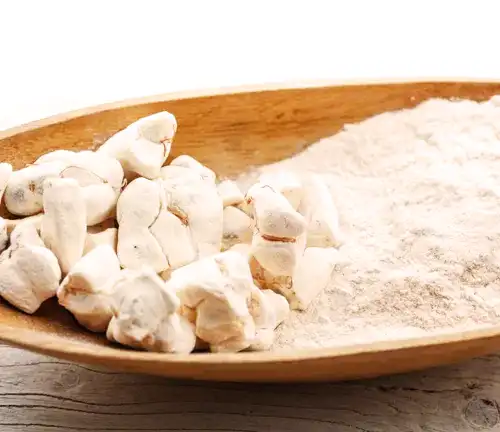
Threats and Conservation
The Baobab, despite its age and resilience, faces contemporary threats. Climate change and deforestation pose significant challenges. Conservation initiatives, ranging from awareness campaigns to sustainable harvesting practices and planting programs, strive to protect these iconic trees and their ecosystems.
Benefits
Beyond its ecological contributions, the Baobab provides intangible benefits. It symbolizes resilience, adaptation, and the intricate interplay between nature and human culture. Its enduring presence serves as a reminder of the need to protect and preserve the diverse wonders our planet offers.
Conclusion
The African Baobab Tree is not merely a botanical entity; it is a living narrative of Africa’s past, present, and future. As we navigate the complexities of a changing world, the Baobab beckons us to appreciate the beauty of nature, respect the wisdom embedded in ancient giants, and commit ourselves to the preservation of these timeless symbols of life and resilience.

Frequently Asked Questions (FAQS)
- Why do Baobab trees have such an unusual shape with branches that look like roots?
The Baobab’s distinctive growth pattern, with branches resembling roots, has sparked curiosity and myths. This unique shape is an adaptation to store water within the trunk, helping the tree survive arid conditions. It also may provide protection against herbivores who have difficulty reaching the leaves. - Are Baobab trees immortal, as some myths suggest?
Baobabs are incredibly long-lived, with some individuals exceeding 6,000 years in age. While they are not truly immortal, their ancientness has given rise to the myth that they never die. In reality, like all living organisms, they have a natural lifespan and can succumb to diseases, environmental changes, and human activities. - Can you eat the leaves of the Baobab tree, and are they nutritious?
Yes, Baobab leaves are edible and have been used as a source of food in some African cultures. They are rich in nutrients, including vitamins and minerals. In some regions, Baobab leaf soup or stews are prepared, providing a valuable source of nutrition, especially during periods of food scarcity. - What is the significance of the Baobab tree in local African cultures and folklore?
The Baobab tree holds immense cultural significance in many African communities. It’s often associated with myths and legends, believed to be a sacred tree. Its multiple uses, including shelter, medicine, and food, have made it a symbol of life and endurance. Some believe that spirits or ancestors reside in Baobabs. - Do Baobab trees bloom at night, and how are they pollinated?
Baobab trees typically bloom at night, which is a unique characteristic among flowering trees. These large, white, nocturnal blooms are primarily pollinated by fruit bats and various nocturnal insects. The timing of their flowering is thought to be an adaptation to attract these nighttime pollinators.


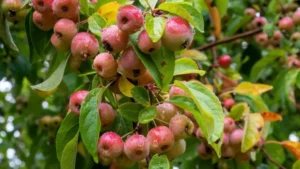

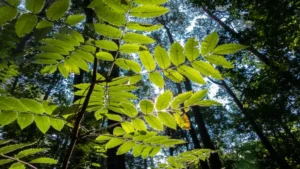
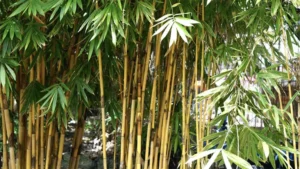
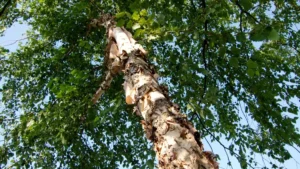
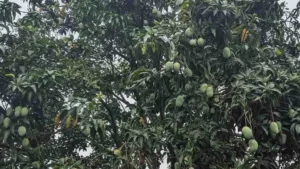
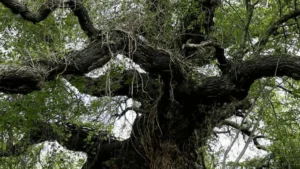
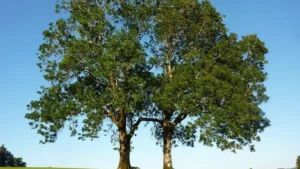
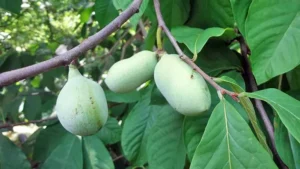

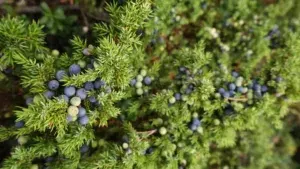
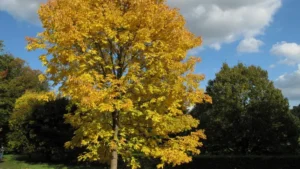
This article has a lot of useful/interesting information. One thing I'd like to know is when (which season) does it grow in the Northern hemisphere - is it a winter or summer grower in the north?
J Johnson
July 31, 2024 6:26 pm